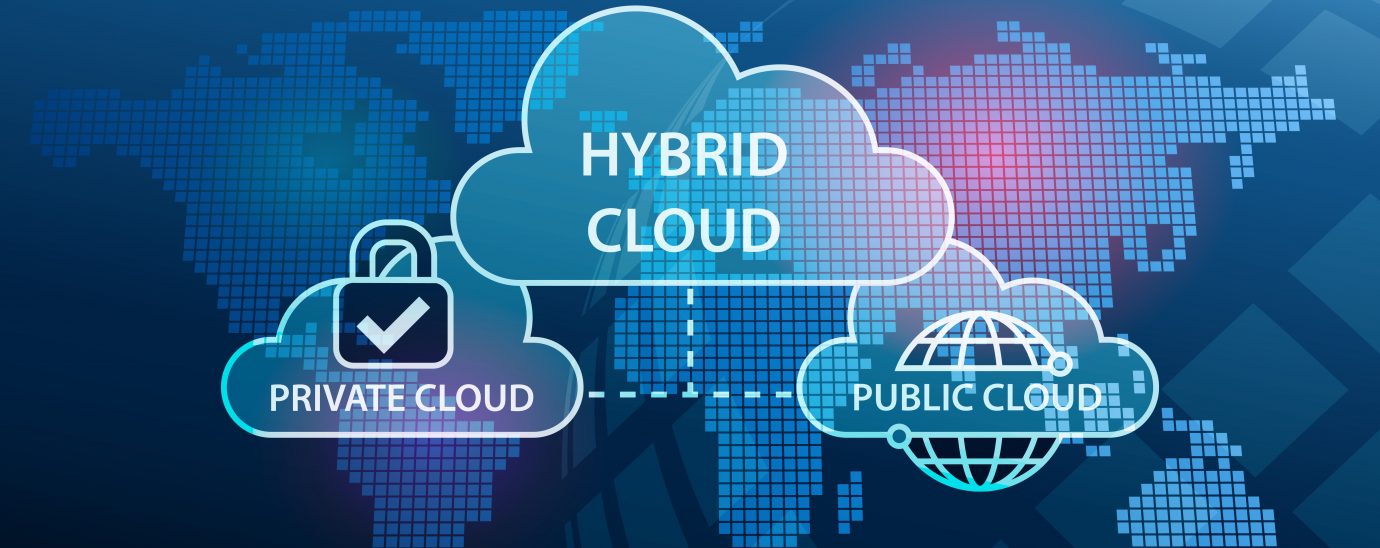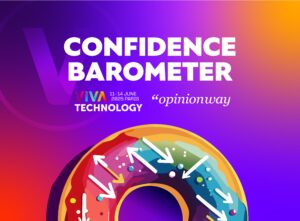It’s back to business, with a hybrid multi-cloud

Markus Pleier, CTO EMEA, Nutanix comments on the flexibility, scalability, and choice afforded to businesses by a hybrid multi-cloud model
Unsurprisingly, cloud technologies have witnessed an increase in investment this year. Whilst there are various reasons, the shift to working remotely for the majority of organizations was a key factor as to why some opted to deploy services in the cloud. A record number of people work remotely and will continue to do so.
Many businesses had already undertaken a strategic and extensive approach to digital transformation to facilitate a working environment to meet their needs, however, in 2020 a global pandemic changed the outlook on everything. It soon became clear that delivering the IT required to support hybrid working is not a simple task, and requires infrastructure changes in addition to the deployment of innovative new technologies at all levels between apps and their users.
Hybrid cloud environments bring the best of both worlds together for businesses. They require investment in both private and public clouds, which subsequently become integrated with common management and security policies allowing for application portability among them. The hybrid multi-cloud model is a mixture of private clouds and multiple public clouds and could easily be the best way of delivering the technologies needed to support the new digital workspace.
An amalgamation of cloud power
Through the adoption of public, private, and hybrid cloud resources, businesses in all verticals can account for, hone, and operationalize themselves for optimal business growth and profit. By taking such actions, organizations that deploy hyper-converged infrastructure (HCI) technologies place themselves in a differentiated and preferential position in comparison with their peers. This is done by developing the foundations that are required for a united experience both on-premise and in the public cloud i.e. a unified hybrid cloud experience.
It is important to think about the number of cloud types, instances, forms, shapes, services, and specialisms that could be involved. A hybrid cloud is not as simple as a simple merger of public and private clouds. The contemporary progressive business will use hybrid multi-cloud options in order to enjoy the flexibility provided by different clouds, with differing benefits as a result of their native cloud services, under dissimilar governance restrictions, on different licenses, and with different consumption model billing agreements.
The strategic bringing together of a hybrid multi-cloud deployment ensures that businesses can enjoy optimum levels of potential portability and flexibility. In theory, this results in a scenario where data workloads can be portable across any vendor’s hardware and cloud. This agility not only meets the needs of the business but also the demands of a changing workforce. Organizations as a result have a much broader talent pool to choose from, since they can hire employees regardless of where they live, and they can save on property and operating expenses by having fewer people on-premises.
Superior to just ‘keeping the lights on’
As a result of moving to a hybrid multi-cloud, the IT department inside an organization can look to do more than just keep the lights on. At this point, the IT function can begin to grow and prototype Proof of Concept (PoC) innovations to generate real value-add, as opposed to solely being a support utility for the business.
It’s not often that it is one-size-fits-all in business, so embracing hybrid multi-cloud is the most obvious path towards adopting the adaptable benefits of hyper-converged infrastructure for the highest level of business agility.
By taking on a forward-thinking approach to a hyperconverged infrastructure (HCI) software solution, organizations can attain the personalization they require from an effective hybrid cloud model. The deployment of a hybrid multi-cloud platform should offer the scalability, simplicity, and cost efficiency that is vital to operate applications in private or multiple public clouds.
This all takes place in a deployment environment where cloud operators and administrators can use a single management plane to truly govern both private and public cloud infrastructure. As a result, organizations gain a new sense of flexibility and can then control and operate their cloud estate as one single cloud that they can enjoy more flexibility from.
Flexibility is a key attribute of the cloud and flexibility is synonymous with choice. Due to the number of varieties of virtual data storage and transmission that have been created inside the cloud computing model, the choice has to be the key component behind any workable cost-effective, and productive hybrid multi-cloud solution.
The key components for a hybrid multi-cloud world
Whilst founded on the power of microprocessors and the strength of software-defined infrastructure, the gains in adopting a hybrid multi-cloud approach correspond directly to the world for organizations where consistent change is the accepted norm. As such, a flexible, hybrid working environment will be a distinctive feature of the new normal. This is excellent news for companies and employees alike. Through being able to work anywhere, people can accept positions at companies anywhere on the map and enjoy a better work/life balance.
Organizations can elevate themselves above legacy economic models by leaving IT Infrastructures behind where one product or service is ‘manufactured’ for a specific market. As is often the case, products are consumed by one group of customers at one specific price and through one static channel, the previous way of doing business is quickly disappearing.
Businesses can now enjoy the controllable and adaptable nature of hybrid multi-cloud to generate new economic models that can accommodate rapid change as and when conditions require. Customers follow this dynamism and begin to uncover new ways of working and demand new application functions and services, but the hybrid multi-cloud business has already come to anticipate change, so it sees this behavior as part of the upstanding cycle of improvement.
Read More:
- Journey to the Cloud
- CLOUD EXPO EUROPE | ExCeL, London 2-3 March 2022
- What can the IT industry expect in 2022? More of the same: change
- The Best Ten Rated Cloud Security Management Options For Business
Organizations can then begin to make certain that computing resources are allocated or reallocated appropriately. This is because an IT department using hybrid multi-cloud architecture can immediately deploy new infrastructure, whether in the public cloud or private cloud. Reaction times of hybrid multi-cloud IT teams are far quicker than those of conventional on-premise IT teams.
It is unsurprising that investment in hybrid multi-cloud technologies has greatly increased this year. As organizations seek to rapidly deploy applications, tools, and services that are suited to remote working, regardless of location, and mobile-friendly, there is no choice but to deploy services in the cloud.
Click here to discover more of our podcasts
For more news from Top Business Tech, don’t forget to subscribe to our daily bulletin!
